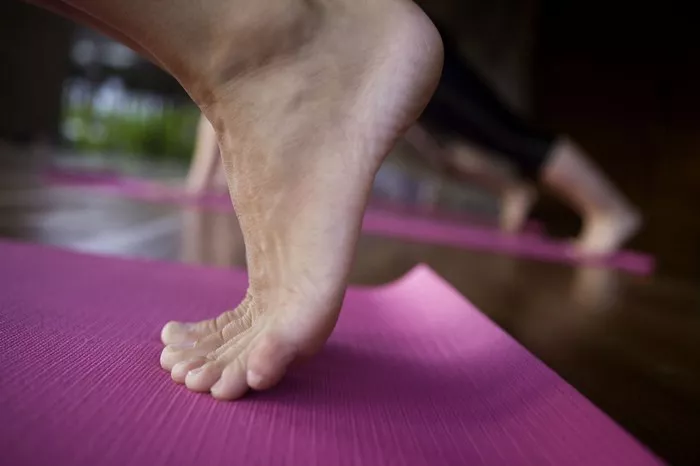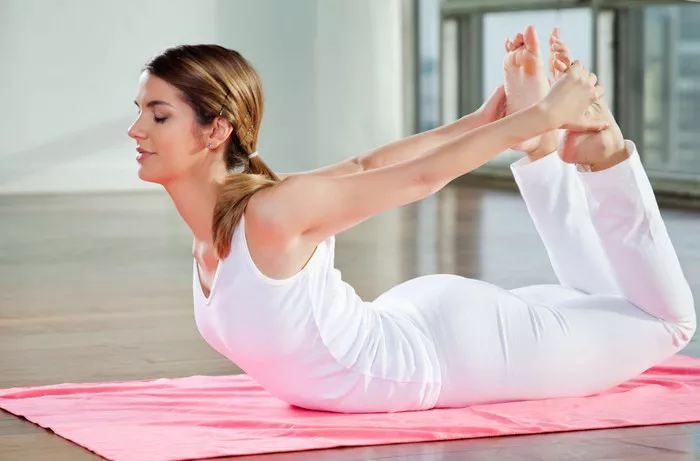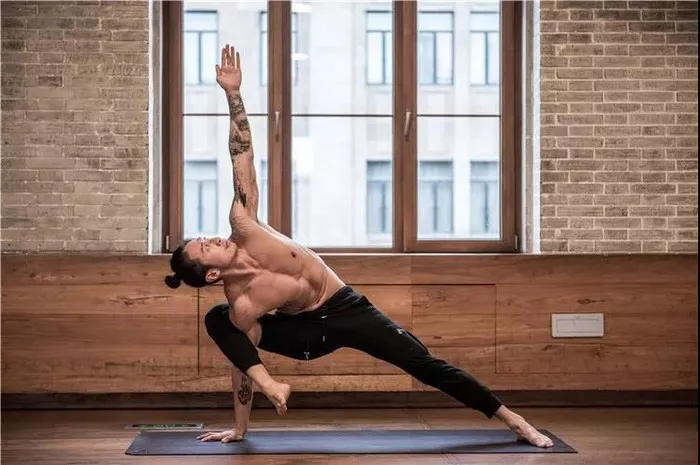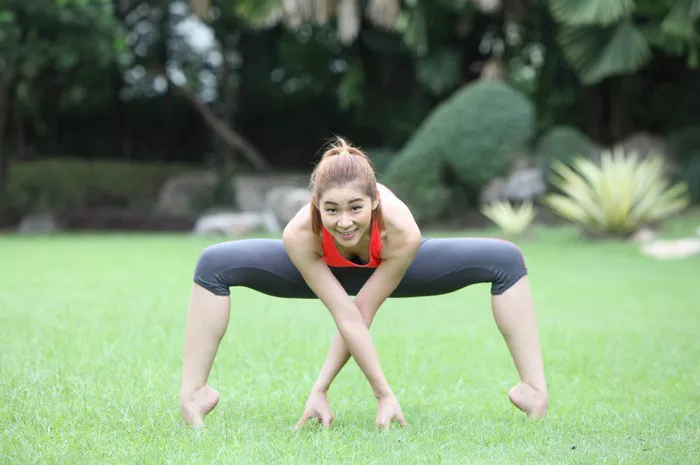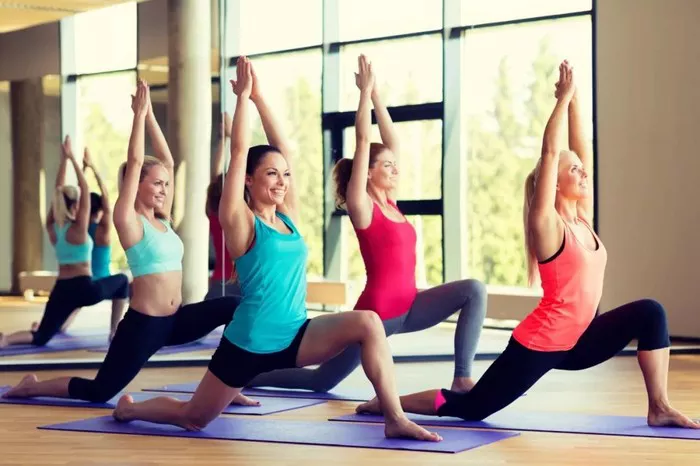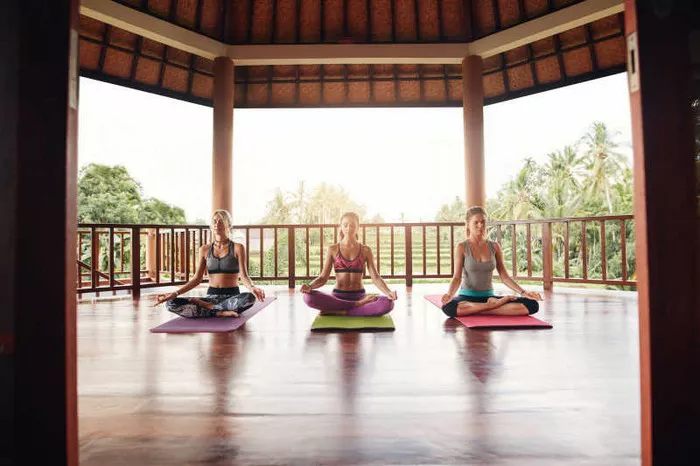Before delving into the restorative practices, it’s essential to grasp the complexity of the foot anatomy. Each foot contains 26 bones, 33 joints, and over 100 muscles, tendons, and ligaments, all working harmoniously to support body weight, facilitate movement, and maintain balance. The intricate network of arches, tendons, and muscles allows for shock absorption and propulsion during walking, running, and various activities.
Common Foot Issues
Despite their remarkable resilience, feet are susceptible to various ailments and conditions due to factors like improper footwear, excessive stress, and inadequate care. Some common foot issues include:
Plantar Fasciitis: Characterized by inflammation of the plantar fascia, a thick band of tissue connecting the heel bone to the toes, plantar fasciitis causes heel pain and stiffness, particularly in the morning or after long periods of rest.
Bunions: Bunions are bony protrusions that form at the base of the big toe, causing pain, swelling, and deformity of the foot joint.
Metatarsalgia: This condition involves inflammation and pain in the ball of the foot, often exacerbated by high-impact activities or wearing ill-fitting shoes.
Achilles Tendinitis: Resulting from overuse or strain on the Achilles tendon, Achilles tendinitis causes pain and stiffness along the back of the heel.
Neuropathy: Neuropathy refers to nerve damage, leading to tingling, numbness, or loss of sensation in the feet, commonly associated with conditions like diabetes.
The Role of Restorative Yoga
Restorative yoga offers a gentle and effective approach to address these foot issues while promoting relaxation and stress relief. Unlike more vigorous yoga styles, restorative yoga emphasizes passive stretching, supported postures, and conscious relaxation to release tension, improve flexibility, and enhance circulation. By incorporating specific poses and techniques targeting the feet, practitioners can experience profound relief from pain and discomfort while fostering a deeper connection with their bodies.
Restorative Yoga Poses for Feet
1. Toe Stretch (Padangusthasana)
- Begin by sitting comfortably on the floor or a yoga mat with your legs extended in front of you.
- Bend your knees slightly and bring your right foot towards you, placing the outer edge of your right foot on the floor.
- Interlace your fingers around the toes of your right foot, gently spreading them apart to create space between each toe.
- Hold the stretch for 30 seconds to 1 minute, focusing on deep, steady breathing.
- Repeat the stretch with your left foot.
Benefits: This pose helps alleviate tightness and discomfort in the toes, enhances flexibility, and improves circulation to the feet.
2. Downward-Facing Dog (Adho Mukha Svanasana) with Pedal Stretch
- Start on your hands and knees in a tabletop position, with your wrists aligned under your shoulders and your knees under your hips.
- Exhale and lift your hips upward, straightening your arms and legs to form an inverted V shape with your body.
- Press firmly into your palms and heels while lengthening your spine.
- Begin to alternate bending one knee at a time, pressing the opposite heel towards the floor to stretch the calves and Achilles tendons.
- Continue pedaling your feet for 5-10 breaths, maintaining awareness of the stretch in your feet and ankles.
Benefits: Downward-Facing Dog with Pedal Stretch releases tension in the calves, hamstrings, and plantar fascia, promoting flexibility and mobility in the feet and ankles.
3. Supported Reclining Hand-to-Big-Toe Pose (Supta Padangusthasana)
- Lie down on your back with your knees bent and feet flat on the floor.
- Place a yoga strap or belt around the arch of your right foot and extend your right leg towards the ceiling.
- Hold onto the ends of the strap with both hands, keeping your arms extended along the floor.
- Gently guide your right leg towards your chest until you feel a comfortable stretch along the back of your leg and sole of your foot.
- Hold the stretch for 1-3 minutes, allowing gravity to deepen the release.
- Switch sides and repeat the pose with your left leg.
Benefits: This supported variation of the hand-to-big-toe pose helps lengthen the hamstrings, calves, and plantar fascia, relieving tension and promoting relaxation in the feet and legs.
4. Legs-Up-the-Wall Pose (Viparita Karani)
- Sit sideways next to a wall with your knees bent and your hip touching the wall.
- Gently lie down on your back and extend your legs upward, resting them against the wall.
- Adjust your distance from the wall as needed to ensure comfort and support.
- Rest your arms by your sides with your palms facing up, and close your eyes.
- Hold the pose for 5-10 minutes, focusing on deep, diaphragmatic breathing and allowing your entire body to relax.
Benefits: Legs-Up-the-Wall Pose promotes circulation, reduces swelling, and relieves fatigue in the feet and legs by facilitating venous return and lymphatic drainage.
5. Toe Spread (Yoga Toe-Ga)
- Sit comfortably on the floor or a yoga mat with your legs extended in front of you.
- Place a small, soft ball (such as a tennis ball or yoga tune-up ball) under your right foot.
- Press your foot gently into the ball and begin to roll it back and forth from the base of your toes to your heel.
- Apply enough pressure to massage the sole of your foot while actively spreading and relaxing your toes.
- Continue rolling the ball for 1-2 minutes, then switch to your left foot.
Benefits: This self-massage technique helps release tension, improve mobility, and enhance proprioception in the feet, promoting overall foot health and well-being.
Incorporating Restorative Foot Yoga into Your Routine
To reap the full benefits of restorative foot yoga, consider integrating these practices into your daily routine:
Start with a gentle warm-up: Before engaging in restorative foot yoga, spend a few minutes warming up your feet with gentle movements like ankle circles, toe curls, and foot flexes.
Listen to your body: Pay attention to any sensations or discomfort during the poses, and modify as needed to ensure a comfortable stretch without strain or pain.
Practice consistency: Aim to incorporate restorative foot yoga into your daily or weekly routine to experience cumulative benefits over time. Consistency is key to fostering lasting improvements in foot health and mobility.
Combine with other modalities: Complement your restorative foot yoga practice with other foot care modalities such as proper footwear, foot massages, and regular foot hygiene to maximize results.
Conclusion
Restorative yoga offers a gentle yet potent approach to enhancing foot health, alleviating pain, and promoting overall well-being. By incorporating specific poses and techniques targeting the feet, practitioners can experience profound relief from common foot issues while fostering a deeper connection with their bodies. Whether you’re seeking relief from plantar fasciitis, bunions, or simply wish to nurture your feet, restorative foot yoga provides a nurturing pathway towards greater comfort, mobility, and vitality. Incorporate these practices into your routine, and embark on a journey towards happier, healthier feet.

